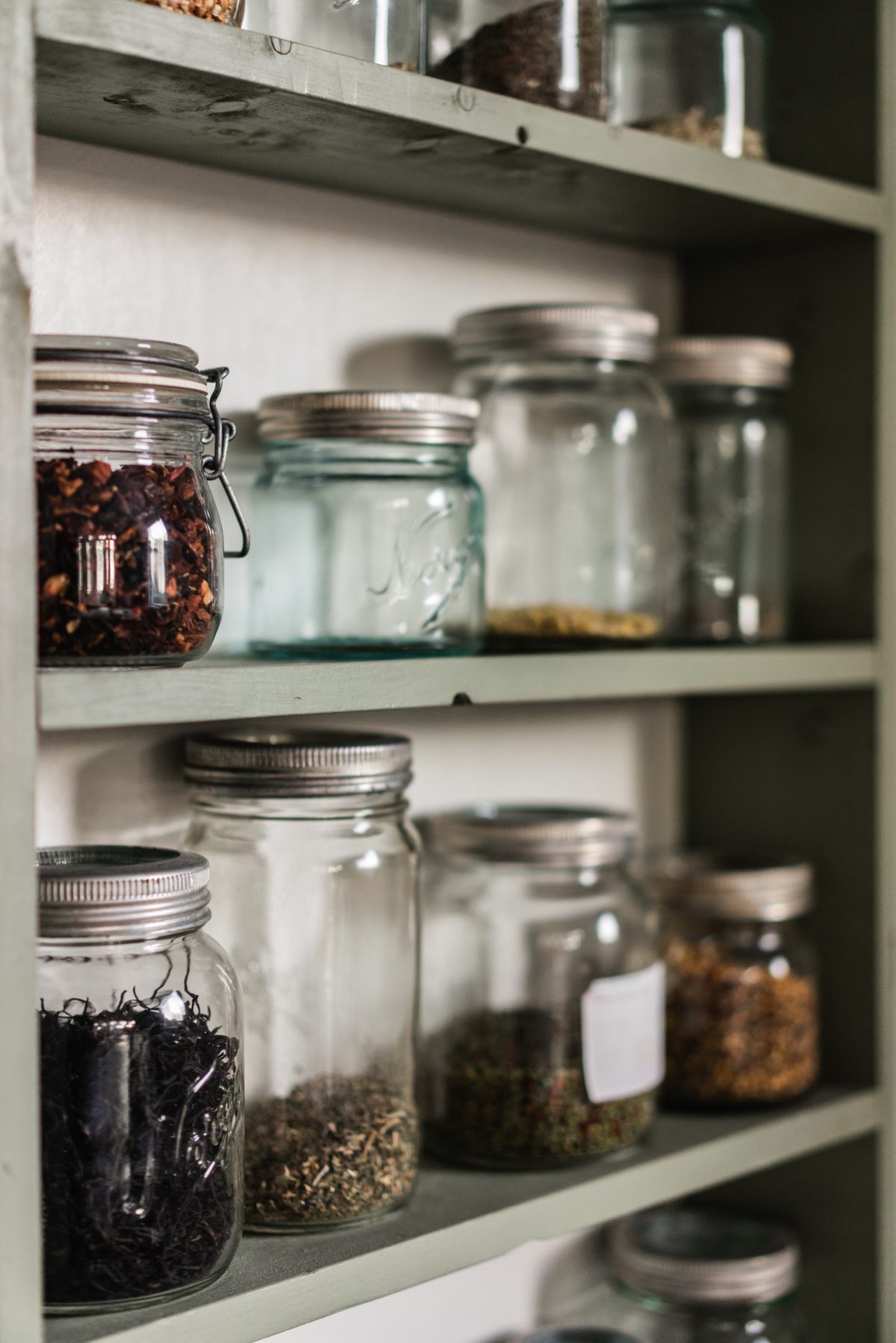Any good housewife will tell you that the choice of a saucepan is a very responsible business and you should not approach this issue carelessly. The way the dish turns out largely depends on these dishes. Let’s take a look at what you need to pay attention to first of all when buying a saucepan, and which nuances do not really matter.
Types of pots by purpose
It turns out that different models have completely different functional purposes. When choosing a pan, you need to focus on the main thing – the purpose of its use.
You don’t have to buy all sizes of quality cookware right away. Better to start with three or four items that you will use frequently. For those who cook simple dishes every day or rarely go to the stove at all, a basic set of dishes will be enough: an average saucepan of 3-5 liters, a ladle of 2 liters, a frying pan with a diameter of 28 cm and a saucepan.
The basic set is enough to prepare most dishes: boil pasta, rice or potatoes, fry meat or fish, make sauce or stew vegetables. The rest of the dishes can be purchased as needed.
Materials and coatings
Speaking about the materials from which the pan can be made, it is worth noting right away that many different alloys are used today, and a multivolume edition can be devoted to this issue. We, of course, will not go into the problem so deeply, but simply list the main types of materials and coatings that are most often used in the manufacture of pots.
Stainless steel pans.“Stainless steel” is a durable material that is easy to keep clean. Stainless steel pots can be found in almost every home.
Advantages
● Easy to clean. Dishwasher safe, except for non-stick pans.
● Can be used on any type of hob and hob.
● Impact resistance and durability: the dishes serve for many years. With proper use and care, the dishes will not form scratches, chips or dents.
● Resistant to food acids and dyes. The food will not acquire a foreign taste and will not change the color of the surface of the dishes.
● Resistant to corrosion.
Limitations
● Due to the low thermal conductivity of stainless steel, cookware heats up relatively slowly.
● Occasionally, a rainbow film may form on the outside of pots. This is due to too much heating (for example, on a gas stove). The discoloration can be dealt with with a stainless steel cleaner.
Enamelled steel
One of the most common and inexpensive cookware options. The cookware is made of steel, but the metal is enamelled to protect it from rust.
Advantages
● Enamel pans can be stored in the refrigerator for a long time . Enamel does not oxidize in contact with food, the taste of food does not change.
● Enamel finish makes dishes easy to wash.
● Suitable for all types of hobs.
● Original appearance. Enamel makes it possible to make pots of different colors and apply drawings to their surface.
● Resistant to corrosion.
Limitations
● Enamel cookware must be handled with care — use wood or silicone to avoid scratching the surface.
Aluminum pans
Aluminum is one of the most popular and economical cookware materials. It may seem susceptible to deformation and scratches, but this only applies to low-quality thin-walled dishes. A lot of material is used to make a good aluminum casserole; these casseroles have thick sides and bottom.
In addition, at IKEA, the surface of all aluminum pans must have a non-stick coating. It allows you to smooth out the imperfections that would be possessed by dishes made of untreated aluminum.
Advantages
● Aluminum conducts heat well, so the cookware heats up quickly and evenly.
● Uniform heating prevents food from burning.
● Lightness. Aluminum pots and pans are easy to lift, even with food.
Restrictions
● Aluminum cookware must not be washed in a r / m machine.
● Thin-walled aluminum cookware is prone to deformation and scratches.
● We recommend using wood or plastic utensils when cooking to avoid damaging the non-stick coating.















